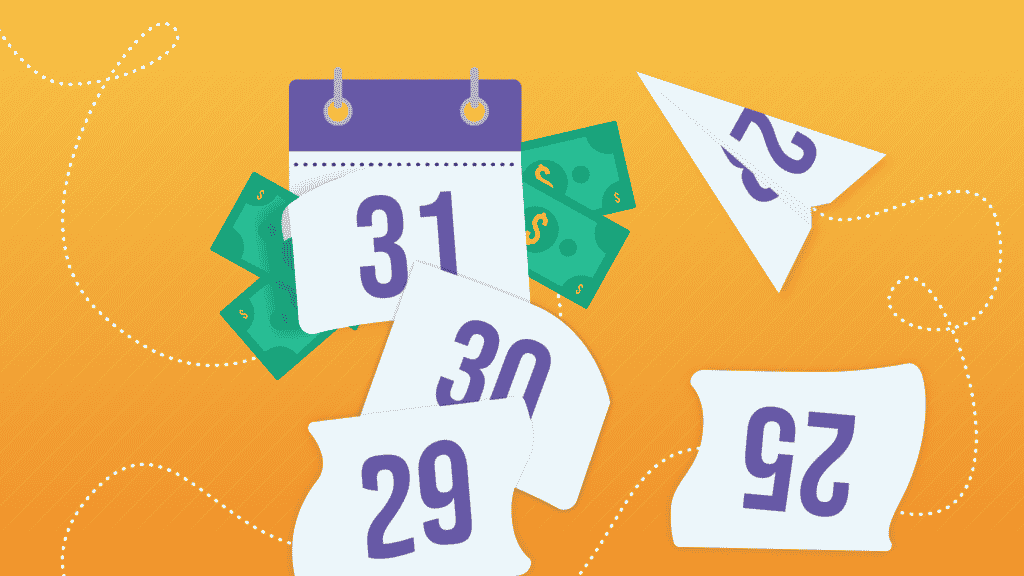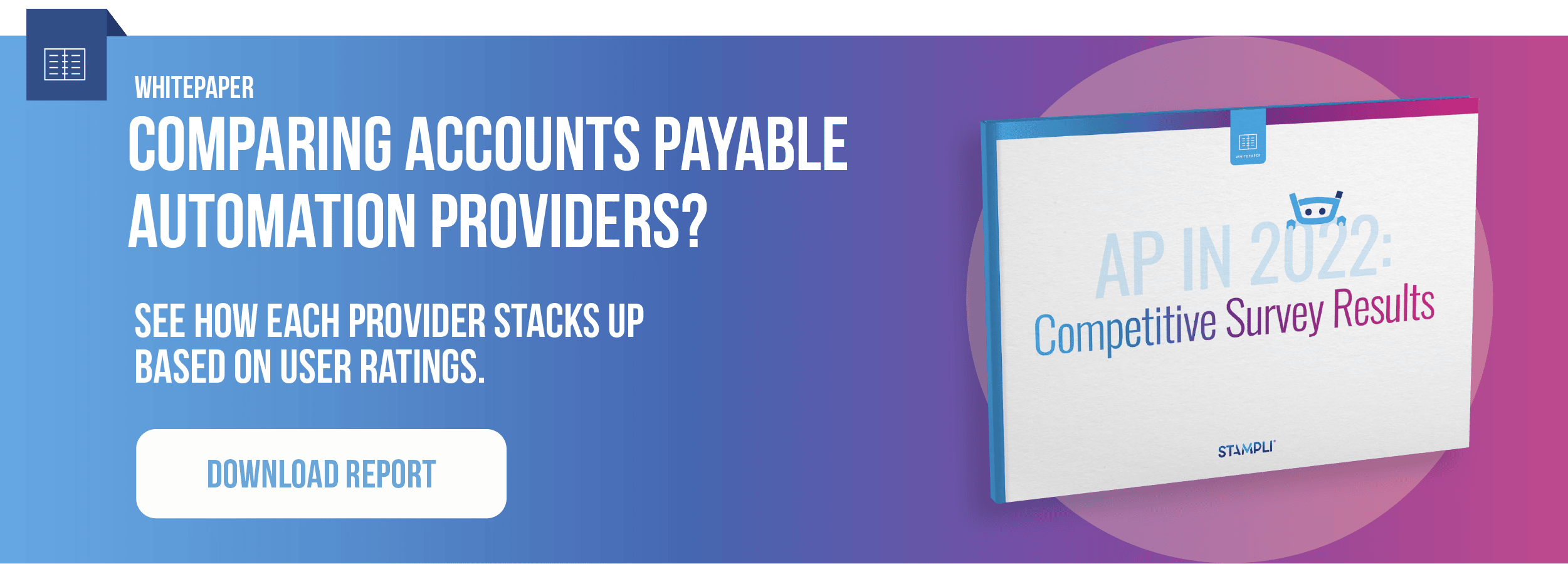How to Manage Seasonal Cash Flow

Running a seasonal business can be a bit like riding a roller coaster. Things are great during the busy season when revenues are high. But when things slow down, and your revenues drop at the end of your busy season, your fixed and variable costs might not.
If your business isn’t prepared for your slow season, your cash flow could suffer. And it’s no fun trying to cover costs when your small business is facing a cash shortage, and revenues are small or non-existent.
When most people think of a seasonal business, they usually think of tourist attractions that are closed during the winter months. The truth is that many companies face regular “seasons” of high and low revenue. For example, accounting firms are usually much busier during tax season than the rest of the year. Any business with cyclical revenue can face the same cash flow challenges.
The good news is that there are ways to build a thriving seasonal business. This article will show you some best practices and tips you can use to maintain positive cash flow during slow seasons. You’ll learn how to generate revenue, manage costs, and use technological resources to help your business grow and thrive.
Managing Cash Flow for Seasonal Businesses
Good cash flow management will help your seasonal business maintain operations (and even turn a profit) during the off-season. These strategies help seasonal business owners address cash flow problems, grow revenues, and utilize resources to keep their business on track year-round.
Build a Cash Flow Forecast
Analyze your year-round cash flow to track the flow of money in and out of your business. The analysis will help you identify your on and off seasons, and how your revenue and costs fluctuate year-round. Use this information to build a 12-month forecast for your cash flow. This forecast will let you anticipate slow seasons and plan how you will pay for your business needs during those months.
When you look at your analysis, ask yourself some questions about your business:
- Is your sales cycle the same every year?
- What is your busy season and slow season revenue?
- What are the highs and lows of your sales cycle? What causes the fluctuations?
- At what point of the cycle do you run into problems with cash flow?
- Have you always been able to cover costs? If not, what action did you take?
- What are the main fixed and variable costs you must cover during the slow season?
Your analysis and forecast will form a solid foundation for your seasonal business plan, so take the time to cover every aspect of your business year.
Manage Seasonal Costs Year-Round
Once you understand your variable and fixed costs, you can begin to plan ways to manage them so you aren’t scrambling to pay bills during the off-season. Reducing or moving payments to align with your sales cycle helps your business hold onto its working capital. Look at your variable costs and see if there are any ways you can reduce them during the slow season. Of course, if you can secure other revenue streams, you can link your variable costs to revenue and ensure the costs are covered. At the same time, review your fixed expenses. Finally, are there any recurring costs such as rent or utilities that you can scale back during the off-season?
Look to other year-round cost-savings measures such as organizing costs so you can pay more during your peak season. If you carry inventory, ensure that you’re not holding too much stock when you go into the slow season. If you use equipment, consider leasing instead of purchasing to free up cash during the year.
Maximize and Diversify Sources of Revenue
Look for new sources of revenue for your business. An additional revenue stream can be a lifesaver during your slow season, but extra income sources can benefit your business year-round. Are there ways you can stay in touch with your existing customers during the slow season? For example, if you operate a bike shop, you may find that your athletic clientele might be interested in buying ski equipment in the winter.
Can you reassign employees to other lines of business to generate income? For example, accounting firms can offer bookkeeping and consulting services outside the busy tax season. Can you use your premises for other business during the off-season?
Ensure your prices are high enough to cover your costs in the slow season. Review the year-round cash flow analysis to determine what prices you should be charging.
Save For a Rainy Day
Put money aside during the busy season to build up a cash reserve. The reserve will provide a cushion to help you cover expenses in the slow season. It will also come in handy if your business faces any unexpected expenses. Use your costs analysis and forecast to see how much money you should be saving to adequately cover costs during downturns.
Offer Multiple Payment Options and Improve Invoicing
Develop ways to ensure you get paid and shorten your payment cycle. The best ways to do this are to offer your customers multiple payment options and develop an efficient invoicing process.
Expand the ways your clients can pay you by accepting credit card payments, EFT, or mobile payments, and offer discounts or incentives to customers who pay cash. Invoice customers promptly, and ensure your invoices are easy to read and sent to the right person. Follow up quickly on late payments so you aren’t waiting for a check when you’ve got bills due.
Build Good Relationships with Suppliers

It never hurts to have a good relationship with your vendors. Talk to suppliers about how they can give you flexibility in your payments and services during slow seasons. Some suppliers may be willing to offer variable payments that let you pay more during the busy season and less during the slow season. Suppliers may also provide your business with credit or longer payment terms during the off-season.
If you lease space, talk to your landlord about having variable rent or the option to be in a shorter lease or sublet your premises if you don’t need office space in your slow season. Knowing your revenue and cost cycles will make it easier to negotiate terms with vendors as you’ll be able to tell them exactly when and why you need them to be flexible.
If you cannot come to reasonable terms with your existing suppliers, seek out vendors willing to offer more favorable payment terms.
Get Funding or a Line of Credit to Cover Costs
If you suspect you won’t be able to cover your slow season expenses from income or cash reserves, you’ll need financial support. You may be able to obtain supplier credit or other support from your vendors, or you might need to speak to a lender about a business loan or line of credit. Whatever the case, it’s crucial that you have an up-to-date picture of your company’s financial health and cash flow when you speak to creditors. If you’ve kept your financial statements and forecasts current, you’ll be able to provide lenders with the whole picture when you’re asking them for funding. It will also help you plan how much money you need to borrow and gauge your ability to pay the funds back to your creditors.
Be sure to differentiate between your short-term and long-term business financing needs. If your business is regularly borrowing money at the same times of the year or finding it difficult to repay credit during peak months, you should review your finances. Look for ways to increase revenue, decrease costs, or seek advice to keep your business viable. Don’t put off meeting with creditors or asking for advice. Identifying credit needs up front makes engaging creditors and advisors easier and less expensive.
Make Good Use of Downturns
Use downturns and your off-season to do some strategic planning for your business. Spend the time searching for new revenue opportunities, fine-tuning your marketing and operations, and creating budgets and forecasts for your next busy season. The off-season is also a great time to meet with vendors and creditors to talk about ways you can manage your costs in the future.
Take Advantage of Technology
Look for technological solutions to help you manage your expenses and cash flow. Online and digital payment systems make it easier and faster for customers to pay you. They also provide advanced tracking and analytical capabilities to help you manage your revenue streams.
Expense management and accounts payable automation can streamline invoice processing and make it easier for you to work with vendors and suppliers. AP automation tools also feature analytics and forecasting capabilities that enable you to track, capture, and analyze expenditures to get a clear picture of your costs. Automated systems let you streamline workflows, so you can reduce costs in the off-season by only retaining the staff you need.
A strategic approach to cash flow management is an excellent way to keep your seasonal business viable during the off-season. You should consider automated cash flow management for an even greater level of insight and control over your business costs.
The Benefits of Automated Cash Flow Management for Seasonal Businesses
Effective cash flow management for your seasonal business requires a deep understanding of your costs and the ability to produce accurate business forecasts. Automated cash flow management solutions are an excellent way to track, capture, analyze, and report your business expenditures so you can make informed decisions and plan the right strategy to keep your business viable during downturns.
Here are just a few of the benefits of automation:
Streamline Financial Processes to Save Money and Time
AP and expense management software can automate labor-intensive and error-prone financial processes to save you time and money. Not only does this free up valuable resources for your company during the busy season, it means you can reduce costs during your off-season.
Get Accurate Financial Insights in Real-Time
AP automation tools such as Stampli Insights can give you full visibility into your AP and expense data in real-time through customizable visual dashboards. You can instantly view key insights like cash flow forecasts or cost patterns and make informed decisions about your seasonal business. It also lets you provide accurate, up-to-date business metrics to vendors or creditors when you are trying to negotiate better payment or credit terms.
Automatically Enter Invoices to Reduce Errors
AP automation tools equipped with OCR technology can scan and enter invoices, receipts, and other important documents. Automated scanning reduces human error and streamlines invoice management processes to save time and money. Plus, you’ll always have expense numbers you can rely on.
Manage Seasonal Cash Flow With Stampli
Stampli is a complete Accounts Payable automation solution that brings together AP communications, corporate credit cards, documents, and ACH & check payments into a single platform. Stampli lets you have full control and visibility over your business spending. Plus, it helps you communicate better with vendors, making it much easier to negotiate favorable payment terms during slow months.
Stampli’s solutions can help solve your cash flow management problems. Our platform integrates with your accounting software and processes so you can manage all your expense data in one place. Our Stampli Card payment card solution can extend credit to make your cash flow much more predictable. It’s also a smart way to take total control of spending across your company.
Get ahead of your seasonal cash flow management with Stampli today! Contact us for a free demo.

